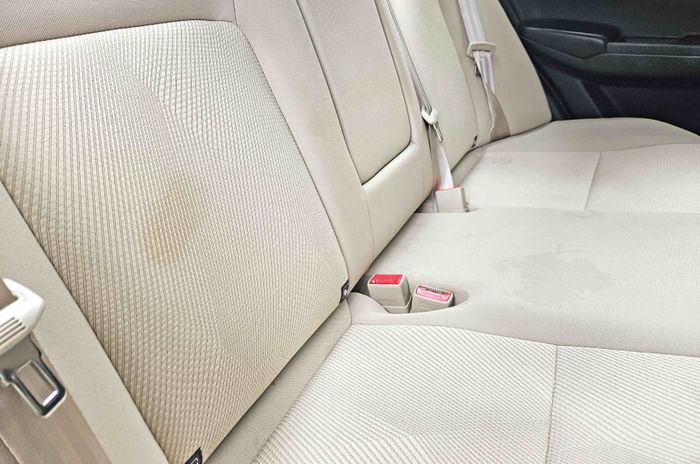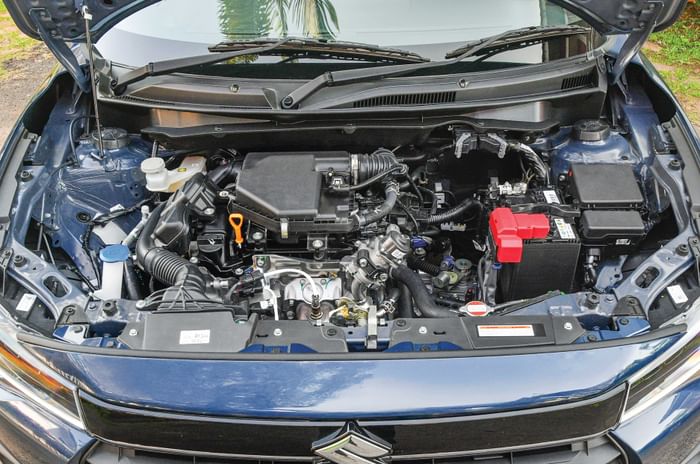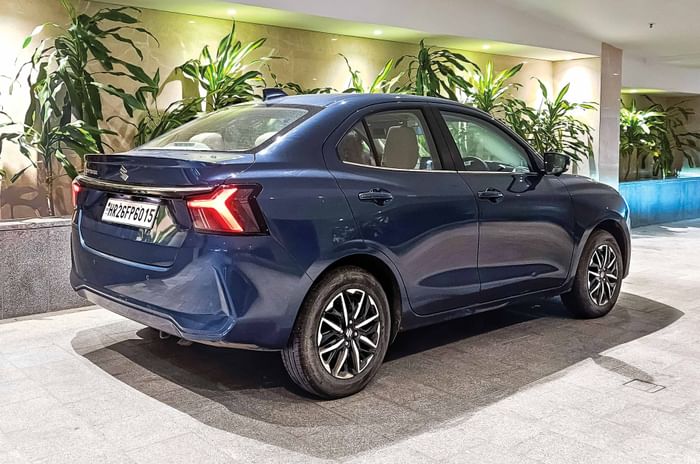First report: Why is the Dzire the bestselling sedan in India, and can it match its claimed fuel efficiency in the real world? We live with the car to find out.
“Are you sure there wasn’t an error while filling the tank?” That was my first reaction when my colleague, Lokesh Dutt Semwal, shared the real-world fuel efficiency numbers for the new Maruti Dzire. According to our tests, it returned 14.5kpl in the city and a staggering 20kpl on the highway – figures that are not only impressive for a petrol-manual sedan but also higher than those of the lighter Swift hatchback with the same engine.
Delivers in an area that matters most to owners: real-world fuel efficiency is impressive.
Before we put those numbers in print, I decided to verify them for myself. I took the Dzire home for a week, filled its tank, reset the trip meter and got behind the wheel. That very evening, while driving home from work, the MID showed an astonishing 20kpl. Okay, I’ll admit, the conditions were favourable: lighter-than-usual traffic, cooler temperatures, the air conditioner was off, and I drove with a light foot. The automatic stop-start system, which cuts the engine at red lights, also helped reduce idling losses. So, while it wasn’t representative of a typical commute, the numbers were impressive nonetheless.
Over the next few days, I ferried friends and family around, and the Dzire’s interior drew plenty of praise. The beige cabin and faux wood accents lend it an upmarket feel, and the small sunroof adds a sense of occasion. My wife found the front seats more comfortable than those in her Toyota Hyryder, citing the broader backrests and softer cushioning. However, my cleanliness-obsessed mother immediately pointed out the stained seats – a downside of the light-coloured upholstery, which tends to show dirt and wear far more easily than darker fabrics.

Light-coloured upholstery is difficult to keep clean, with stains and dirt marks easily standing out.
Beyond fuel efficiency, two aspects really stood out: the Dzire’s buttery-smooth controls and exceptional ride comfort. The steering is light and returns to centre naturally, much like the older Dzire’s. The 5-speed manual gearbox is easily one of the best in the segment – slick, precise and satisfying to use. But the real hero here is the ride quality. The Dzire glides over potholes and bumps with impressive composure, soaking up whatever our roads throw at it.

Low-speed ride quality is outstanding. It soaks up road imperfections like a more expensive car.
However, not everything was rosy. The biggest letdown for me was drivability. While I’ve enjoyed this engine’s nature in the Swift, it feels dulled down in the Dzire, particularly at low revs. In city traffic, I often had to press the accelerator harder than expected to get moving, and on a steep parking ramp, I even had to slip the clutch to make it up. It seems Maruti has deliberately tuned the engine for maximum fuel efficiency, compromising some of its responsiveness in the process.

Engine feels lethargic, and responsiveness is compromised compared to the Swift hatchback.
Finally, after a full-tank cycle that included everything from dense bumper-to-bumper traffic on Mumbai’s Western Express Highway to a few short performance bursts and several sub-2km trips, the Dzire returned a tank-to-tank efficiency of 13.6kpl. That’s slightly lower than our earlier test figures but still quite commendable, given the conditions. With a 37-litre tank, that translates to a real-world range of just over 500km – impressive for a small petrol sedan.

The Dzire has evolved well beyond its hatch-with-a-boot origins.
It’s clear that Maruti has worked hard at keeping its core value intact – fuel efficiency. And with its comfort, refinement and ease of use, the Dzire continues to be one of the most sensible choices in its segment. No wonder it outsells all the sedans sold in India – combined.
| Maruti Suzuki Dzire ZXI+ Test data | |
|---|---|
| Odometer | 4,890km |
| Price (ex-showroom, India) | Rs 9.69 lakh |
| Economy | 13.6kpl |
| Maintenance cost | Nil |
| Faults | None |
Also see:
Maruti Swift long term review, 10,000km report
Audi Q7 long term review, 8,000km report
